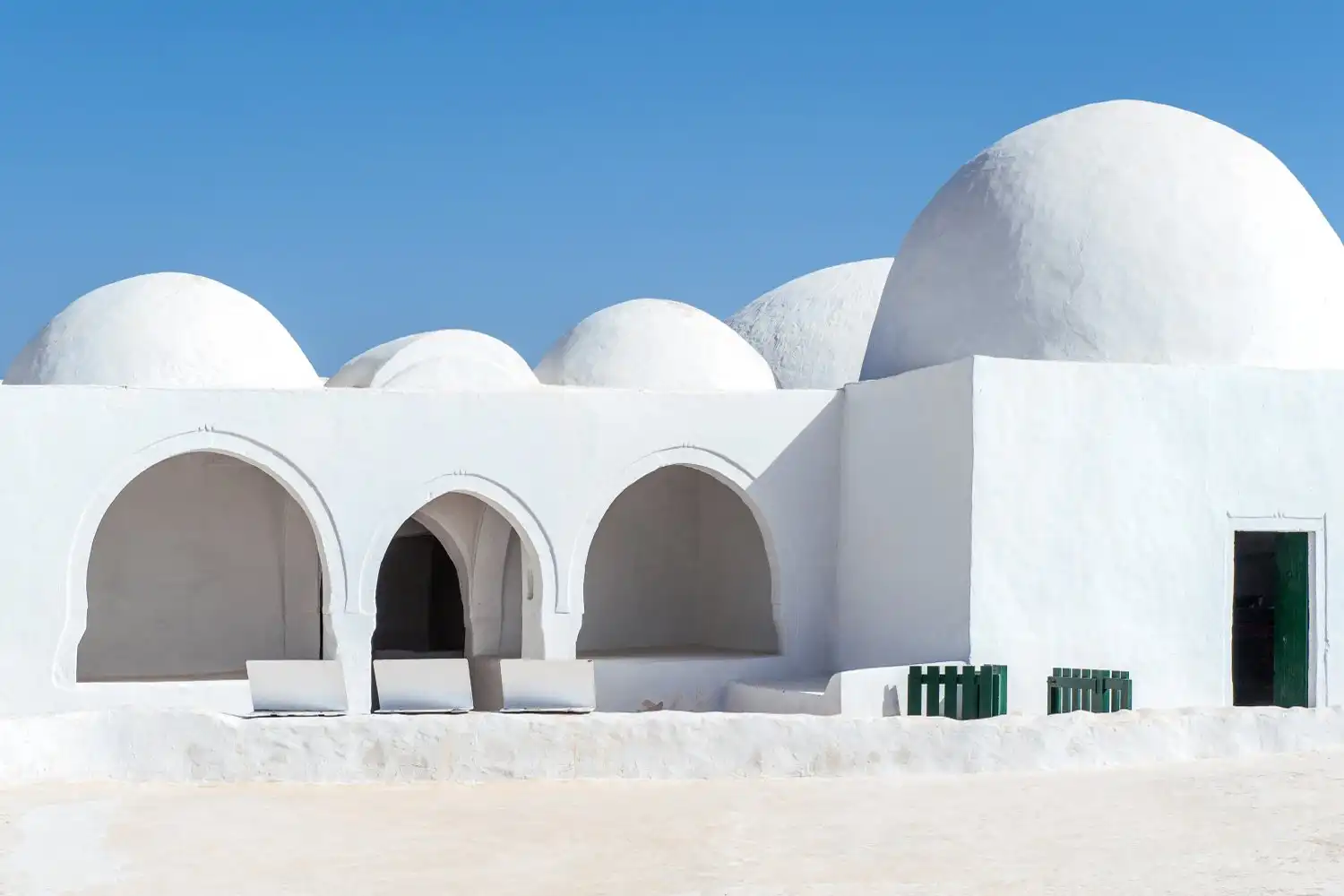Djerba: UNESCO World Heritage Island of Cultural Fusion and Beauty
Djerba, the picturesque island off Tunisia’s coast, joins the esteemed UNESCO World Heritage list, showcasing its global significance. This recognition underscores its immense cultural and natural importance.
Cultural Fusion, Natural Beauty, and Rich Heritage
Djerba’s UNESCO status reflects its unique blend of cultures, harmoniously mixing Berber traditions and Mediterranean influences. This fusion shapes the island’s architecture, traditions, and daily life, highlighting its status as a crossroads of civilizations.
El Ghriba Synagogue: A Historical Gem
Among Djerba’s cultural treasures stands the ancient El Ghriba Synagogue, drawing visitors from around the world due to its awe-inspiring architecture and spiritual significance, contributing to Djerba’s UNESCO recognition.
Preserving Ancient Crafts
The Guellala Museum on Djerba plays a vital role in its UNESCO story, showcasing the island’s renowned pottery and handicrafts, preserving traditional skills passed down through generations.
Natural Beauty and Biodiversity
Beyond its rich cultural heritage, Djerba boasts stunning natural beauty, including flamingo-filled lagoons and serene landscapes, like Taguermess, now part of UNESCO’s global heritage conservation mission.
A Commitment to Conservation
Djerba’s UNESCO World Heritage listing signifies a dedicated commitment to preserving the island’s unique cultural and natural treasures. This recognition strengthens conservation efforts and encourages sustainable tourism, ensuring future generations remain enchanted by Djerba’s allure.
In Summary
Djerba’s journey to UNESCO World Heritage status celebrates its remarkable cultural significance and natural splendor. It now proudly stands alongside the world’s most cherished heritage sites, promising to captivate and inspire visitors for years to come.

Comment (0)